Ten years ago, in the project’s nascent stages, the architects started by walking. "The topography is very, very important," says Carlos Loperena. "So, we actually walked all of it."
Adds Alexandros Vaitsos: "Not only did we walk all of it, we spent time there. The idea was to feel out the place completely. We were not trying to create a house to be inhabited. We were inhabiting the entire landscape. And we were feeling the vibe of each individual place, because it has a gigantic variety of experience."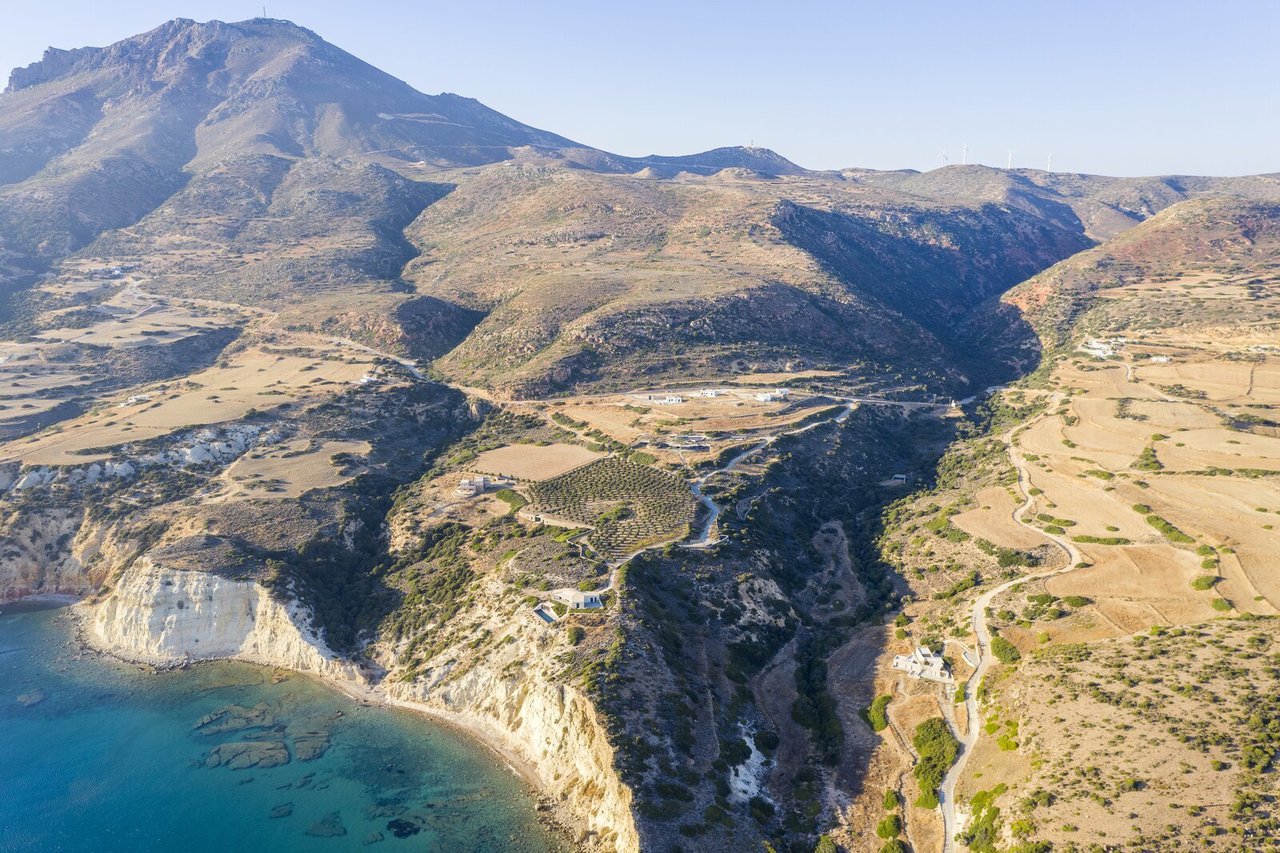
Loperena and Vaitsos are the founding partners of DECA Architecture in Athens, and when the client first approached them about building out this 90,000-square-meter parcel on the Greek island of Milos, the goal was to achieve the opposite of the typical vacation community—that of overdeveloping and plopping houses down for the best view.
Instead, the client wanted to "maintain the natural conditions of the site" as much as possible, says the firm. After a thorough inventory and many steps logged, the architects suggested inserting five separate "corrals" at different points on the property. These corrals are defined as an "informal and empirical way of zoning" on the Greek islands, and are used to demarcate different uses, including residential, agricultural, and wilderness preservation.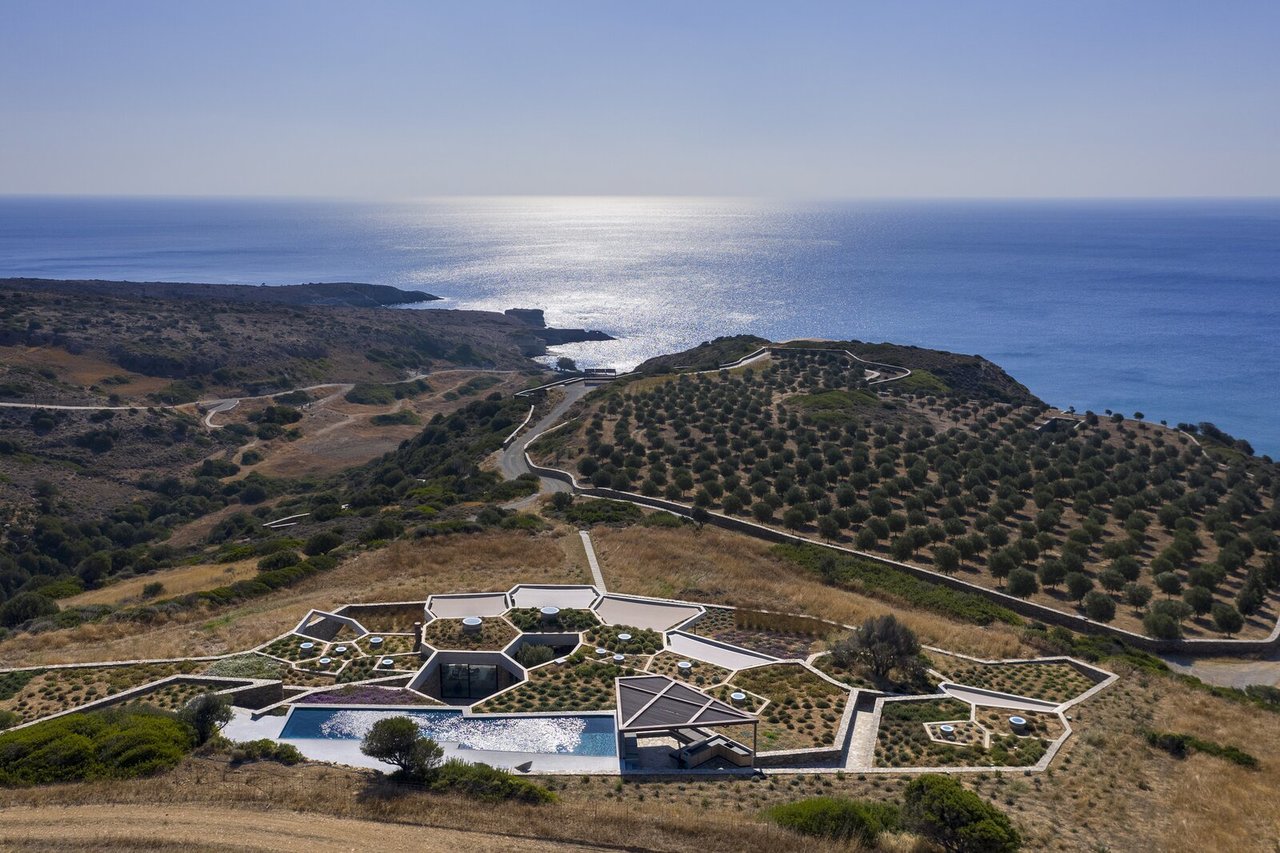
First, DECA completed the Immersion Corral in 2012, a small two-bedroom home that perches cliffside and enjoys dramatic ocean views. In 2013, they installed the Orchard Corral, which contains 20,000 square meters of productive olive trees, the largest grove on the island. A protected Preservation Corral is planted with fruit trees unique to the island that are in danger of extinction. That’s "what's considered in the Greek Islands a forest, because it has incredible biodiversity but with very short plants," says Vaitsos.
The fourth installment, the Isolation Corral, has no road access-so as not to impact the land-and was built by hand "as simply one room with a desk and a bed," says Vaitsos. The last piece to be completed was the biggest domestic sphere, a four-bedroom house called the Hourglass Corral.
For its essential form, the architects turned to the Voronoi diagram, concocted by 19th-century Russian mathematician Georgy Voronoy. In the beginning, DECA identified essential points on the site. "Our first exploration was very visceral and it was very experiential," says Vaitsos. "We were like, ‘Okay, this is a really good spot for a tree, right? Yeah. Wow. Wouldn't this be incredible just to have a table here and hang out? I would really love to put a bed right here, like facing this way.’"
With those points defined, they plugged them into the Voronoi formula to produce an organic grid. That grid then informed the layout inside the house. "Each cell corresponds to a clearly defined use, be it an exterior courtyard, a shading canopy, a common space, a bedroom, or an auxiliary space," says the firm. 
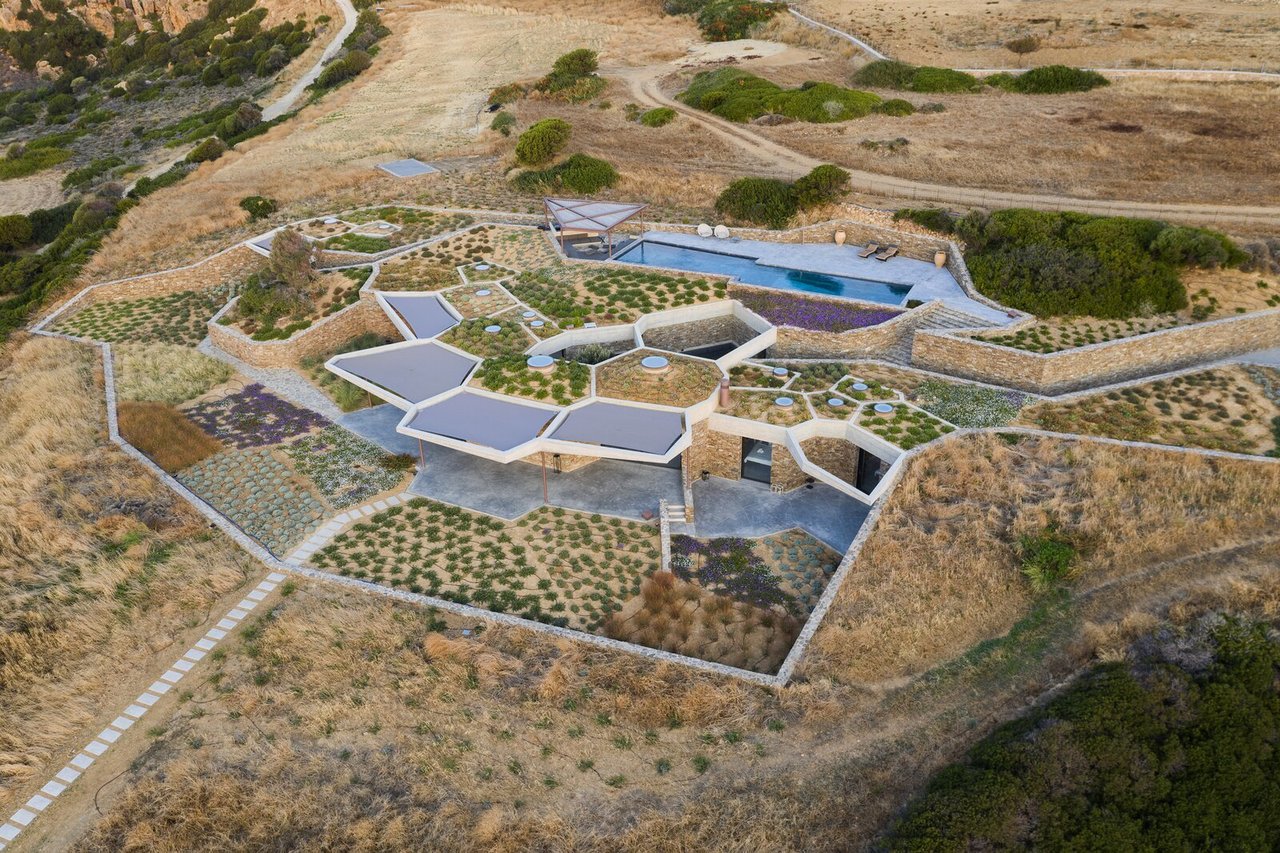
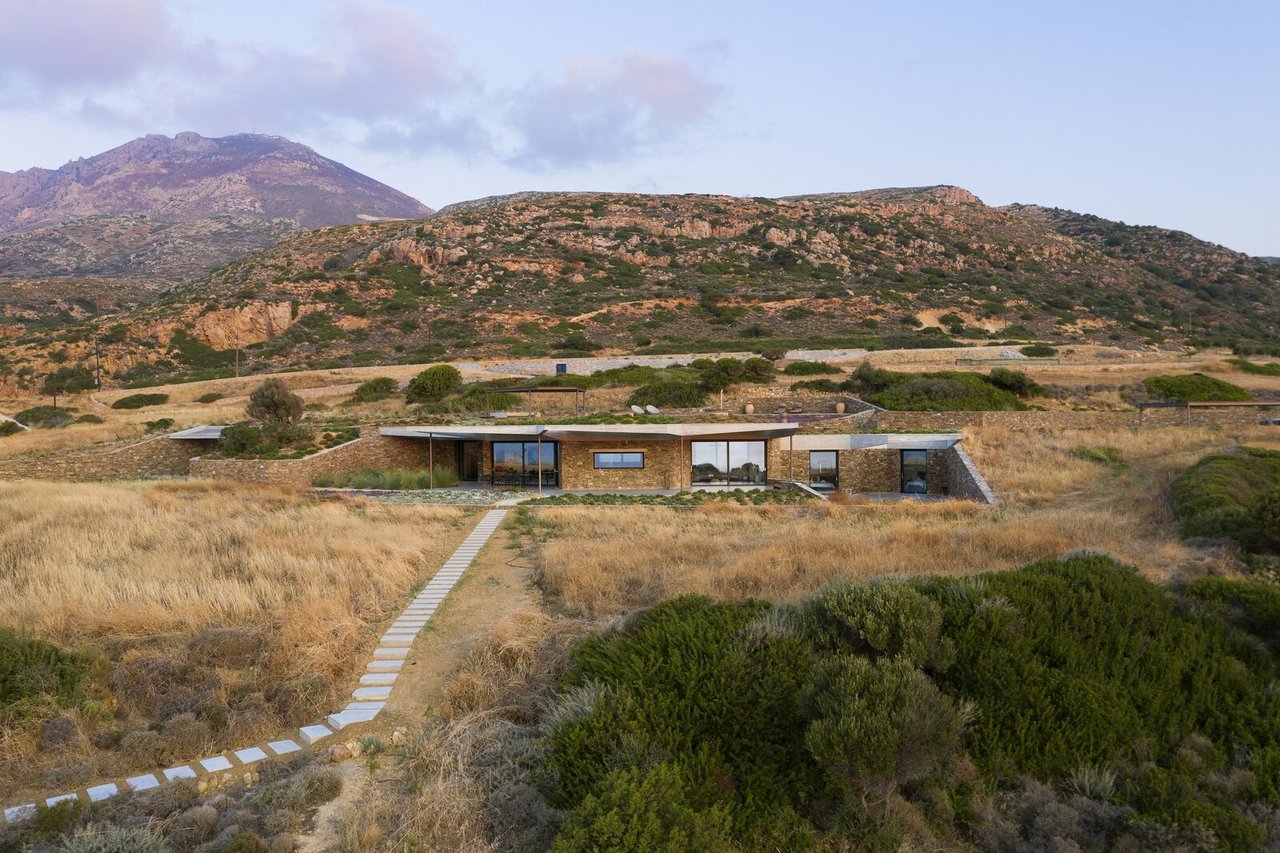
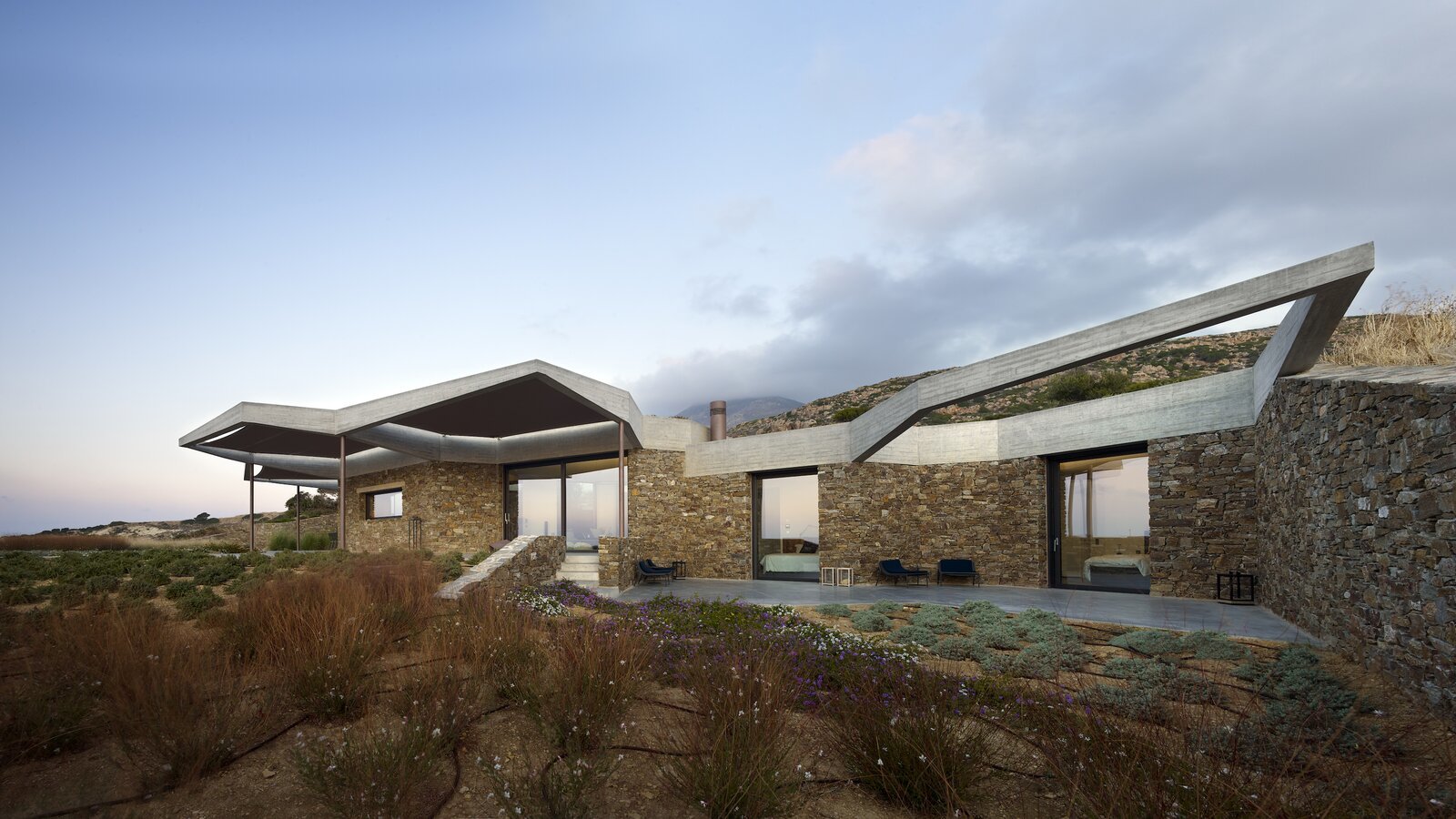
From the exposed concrete and stone walls outside, to the polished concrete, wood cabinetry, and sculpted marble sinks inside, material selection was guided by how the material felt in hand. "We know the client very well. And one of the things that we have in common is this love for the haptic: when you see a material and you know how it feels," says Loperena. "It creates a sense that you are looking at materials that you want to touch."
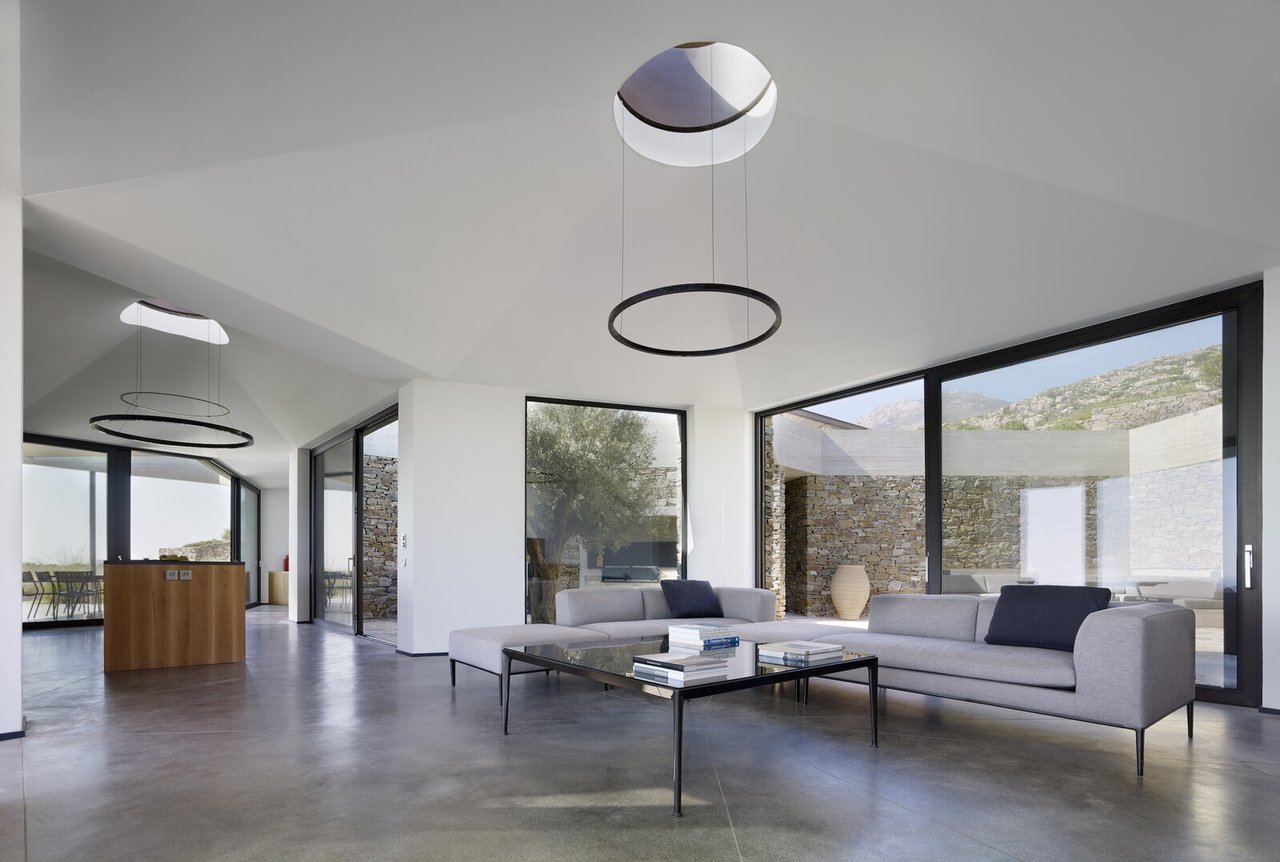
The resulting home is one that, rather than imposing on its environment, thoroughly merges with it. And thanks to the Voronoi diagram, the interior flows together equally smoothly. "It's one of those meant-to-be spaces somehow," says Vaitsos. "You enter, and the proportions are exactly as they’re meant to be. It's a really intense, nice sensation."
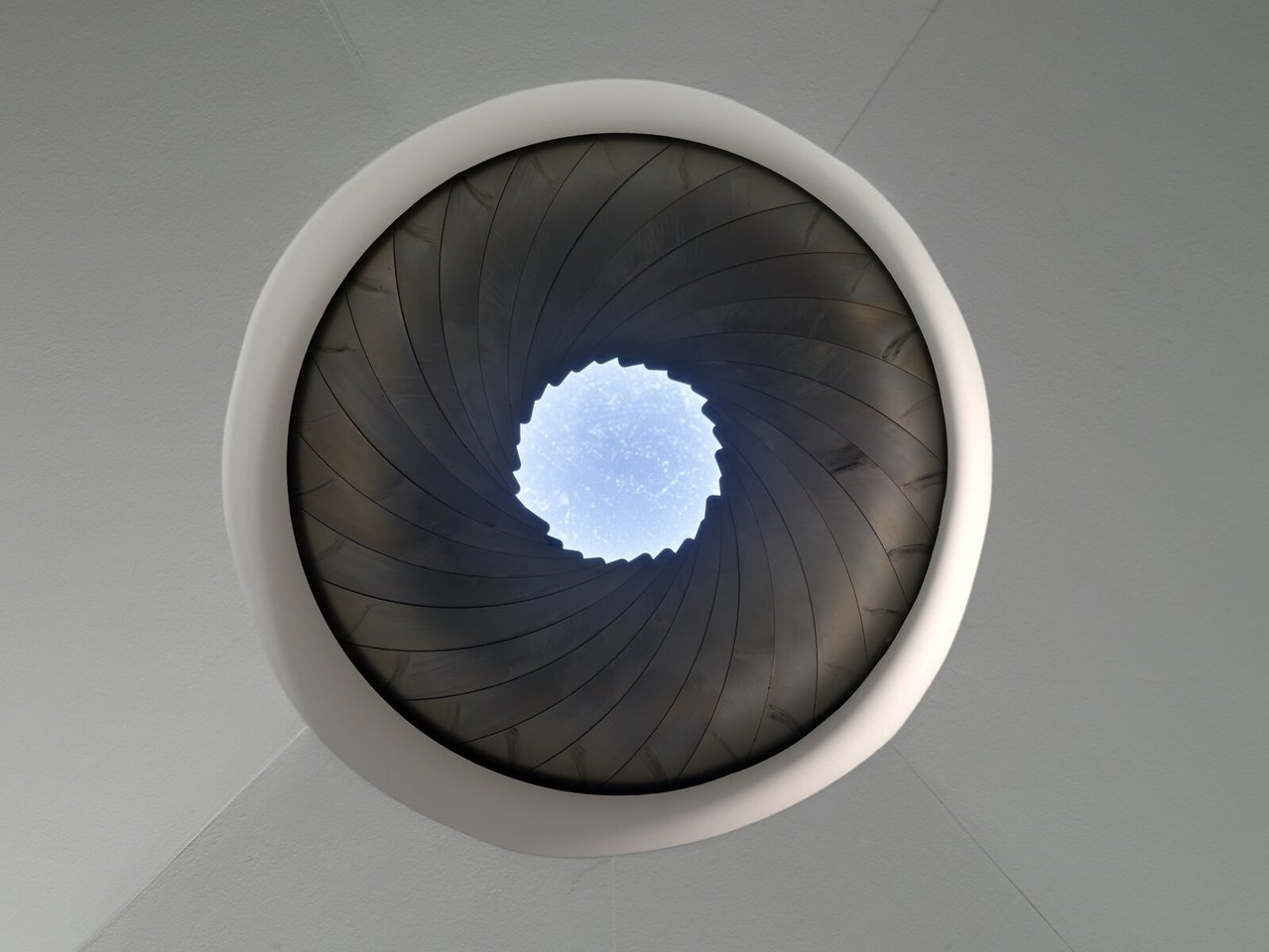


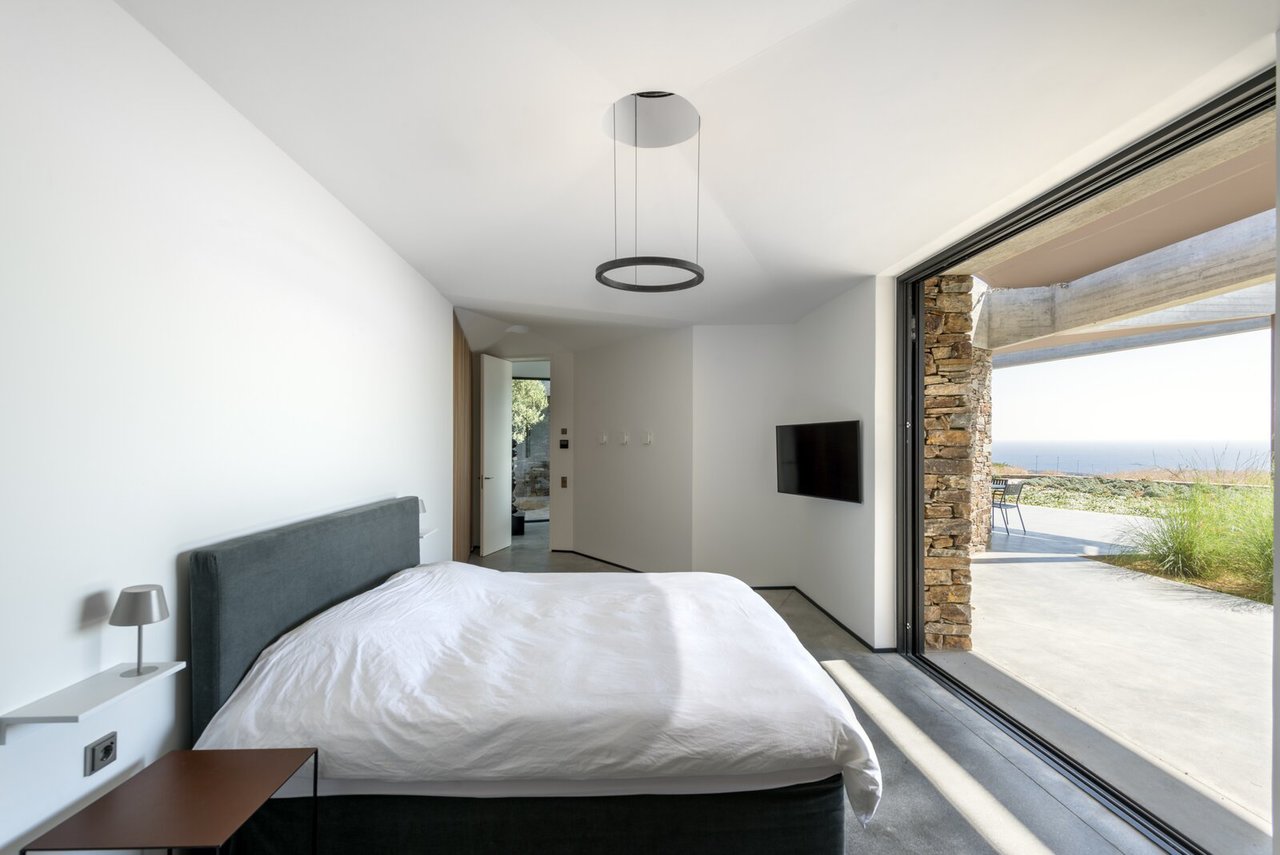
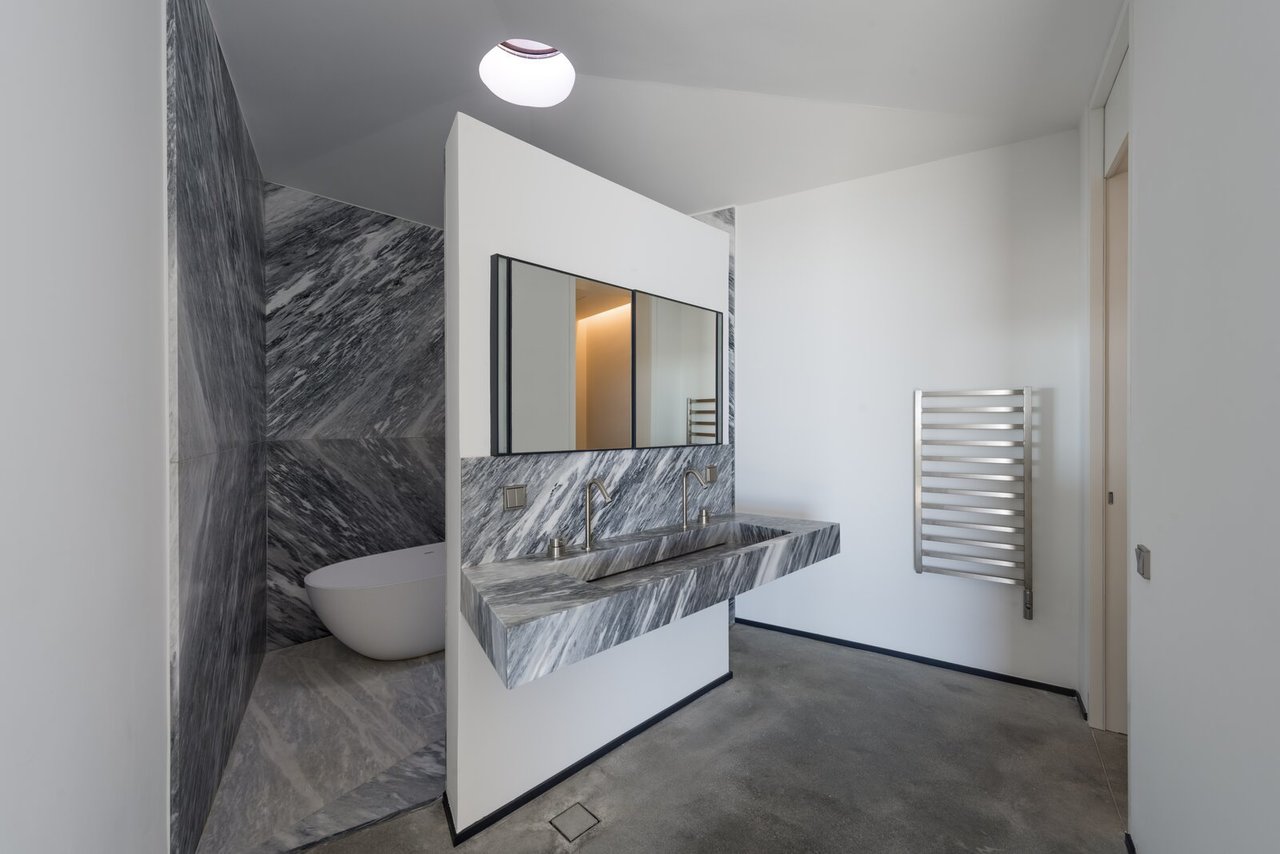



![A Tranquil Jungle House That Incorporates Japanese Ethos [Video]](https://asean2.ainewslabs.com/images/22/08/b-2ennetkmmnn_t.jpg)









